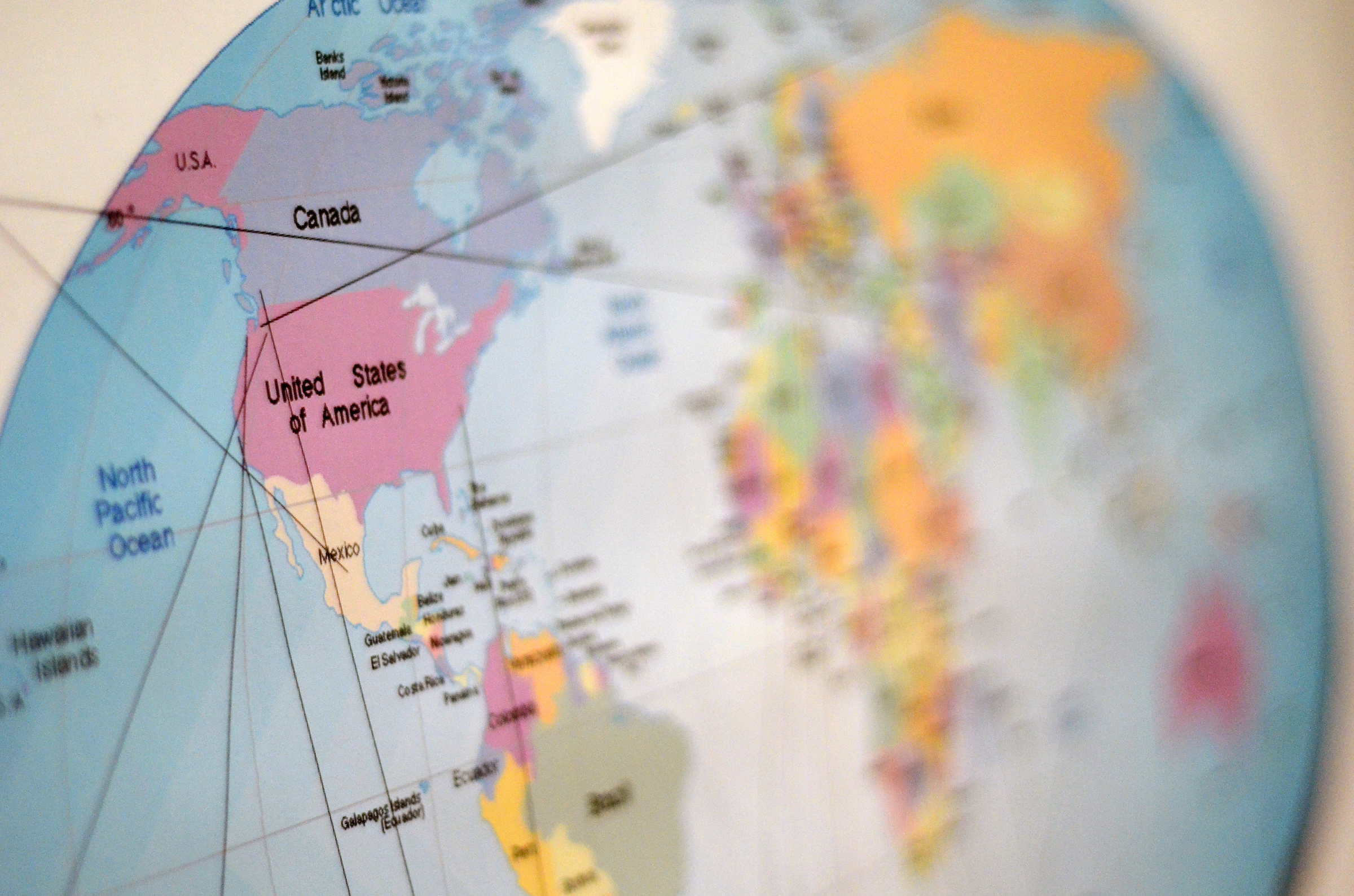Apply
-
Step 1
Start early
Build your academic resume
Nearly all fellowship programs require a strong record of academic achievement. Other eligibility requirements will vary, but many programs require some or all of the following:
- High cumulative GPA
- U.S. citizenship or permanent-resident status
- Endorsement by university community
- Strong standardized test scores
- Sustained record of community involvement
- Extracurricular leadership
- Consider a research project
- Student Research Program
- Publish your work in SUURJ
- Consider studying abroad. The Education Abroad Office of International Education can help you plan educational experiences abroad that often are the spark that inspires your project.
- Put your mind to what matters. Volunteer, intern, go on a service trip, seek out intriguing educational programs, or find ways to conduct independent research. Such experiences often lay the groundwork for prestigious awards applications.
Think about what inspires you
- What makes you want to spend hours and days working on a problem?
- Stay informed. This applies to both your field of study and to current events, especially those matters touching on the project you propose to undertake. Stay up-to-date with relevant current events in the United States and, if applicable, foreign countries where you hope to conduct research.
- Know the trends in your field, research the graduate programs, and find out who is conducting groundbreaking research.
Talk With Your Professors
Enrich your studies by getting to know your professors and supervisors and help them get to know you. Go to office hours, stay after class, discuss your ideas and goals, and ask for guidance. The strongest recommendations emerge from real and sustained relationships.
Work with your professors and academic advisers and join the conversation of scholars who are working on ideas you care about.
Maybe a fellowship isn't really what you want. Your professors and the Student Research Program can help you find supervised study and research opportunities both on and off-campus.
Ask questions. What work has been done? By whom? How did they do the research? What has not been done? Why? What can you add that's new and meaningful?
Track Your Progress
Keep an ongoing record of all your courses, extracurricular projects, and volunteer service assignments, as well as any special initiatives, research or internships you do. Update your resume periodically.
This record will come in handy when filling out application forms and considering topics for your personal statements. It will also help your recommenders as they write letters of support for your applications.
-
Step 2
Meet with a fellowship advisor
We are happy to provide resources and guide you through the application process step-by-step.
Our goal is to match your aspirations with a fellowship. We will guide you as you solicit letters of recommendation, write essays, revise essays, file applications, prepare for interviews, and plan your next steps.
We work with all Seattle University students—undergraduate, graduate, and alumni—from all colleges and programs. Our faculty advisers primarily focus on five areas--Fulbright scholarship, Truman scholarship, Udall scholarship, and various STEM grants--but we are ready to guide you toward whatever Fellowship you are interested in.
-
Step 3
Find a fellowship
Whatever your interests may be, there is a fellowship for you. Explore our Fellowship Finder.
-
Step 4
Apply
Applying for a fellowship is first and foremost a creative process. It starts with your idea, something you care deeply about. Once you have that idea formulated in your mind you are ready to move forward. Every application is different, but they all pretty much ask you to follow the same process.
First
You need to state your purpose.
What do you want to do?
- This question is the fundamental part of the Proposal, and it needs to be original, complex, and thesis-seeking.
What work has already been done?
- This is like a literature review, meaning that you are expected to craft a project that is informed by work already done and that identifies an area that has not yet been explored, or not explored in a particular location or in a novel way.
How do you plan to do this?
- What methods and resources will you use? Who will you work with?
What expertise do you bring to this project?
- How has your course work, internships, study abroad course, foreign language fluency, and work experience prepared out to carry out this project?
Next
You need to talk about yourself and why this matters so much to you. This the link between you and your ideas.
- This is not a resume, it’s a brief introduction to why you want to do this.
- What problem, book, film, event, issue, or work of art inspired you?
- What events in your own life may have prompted you to want to know more about this problem or issue?
Finally
You will also need to provide letters of recommendation from people who can speak to your intellect and your expertise—your professors, internship director, mentors, and employers.
